For decades the United States was the world’s great consumer, importing more than it sold, and building trade deficits around the planet. Now, in pockets of the emerging and frontier world, Washington is suddenly chalking up trade surpluses. At first glance, this looks like an American comeback. In reality, it is an illusion built on tariffs, shrinking volumes and political spin.
Nigeria: A Manufactured Surplus
Take Nigeria; in 2024 the US ran a USD 1.7 billion deficit with Abuja. By August this year, that had flipped to a USD 576 million surplus. The reason isn’t a surge in US exports. Cars, wheat and refined petroleum flows have risen at the margins. But the real driver is collapse: Nigerian oil, cocoa and fertiliser shipments into the US have plunged under the weight of 15% tariffs. US imports of Nigerian goods are drying up and on paper, even though US exports have not really grown, that delivers a surplus.
Brazil, Egypt, India: The Pattern Repeats
The same script is playing out elsewhere. The US is now running surpluses of USD 3.2 billion with Brazil and USD 2.3 billion with Egypt. India, meanwhile, has been hit with tariffs of up to 50% – triggering a diplomatic crisis and disrupting supply chains. The common thread? Washington’s “surpluses” are being engineered by compressing imports, not by turbo-charging exports.
The Tariff Myth
This is where the rhetoric and reality diverge. Trump boasts of “billions” in tariff revenues. But if imports collapse, there is little left to tax. The US Treasury’s take shrinks along with the flow of goods. Americans get none of the promised bounty. Instead they face thinner shelves in Target, Costco and Walmart – and fewer choices at higher prices. There is no fiscal windfall, no export boom, just less trade all round. The idea that this shrinking import base could fund sweeping US tax cuts is fantasy – the billions simply aren’t there.
Global Fallout
The damage does not stop at America’s borders. Emerging exporters lose access to their most lucrative market and scramble to redirect goods to Europe, Asia or within Africa. That takes time and capacity they often lack. Volumes fall, currencies weaken, fiscal revenues tighten. The result is not a rebalanced global economy, but a fragmented one. Thinner, more fragile and less predictable.
The EM/FM Dilemma
For emerging and frontier markets, the dilemma is stark:
• FX pressure. With fewer dollars earned from US sales, currencies remain under strain.
• Fiscal squeeze. Governments reliant on tariffed goods – oil, metals, agro-exports – see gaping holes open in their budgets.
• Diversification urgency. The old reliance on the US as a guaranteed buyer is gone.
Some governments are leaning into BRICS or AfCFTA. Others lobby the WTO. But the only sustainable response is the hardest one: real reforms to cut red tape, strengthen infrastructure and build export bases that can thrive beyond tariff walls. The real choice for EM/FM governments is whether to sit tight and hope, lash out and escalate, or finally reform. Only the last option offers resilience.
Bottom Line
America’s new surpluses are not proof of strength. They are the product of tariffs that shrink imports, starve consumers of choice and suppress global trade. The illusion may play well in campaign rallies. But for the rest of the world – and eventually for US consumers – the cost is clear. Shelves thin out, growth slows and the trading order fragments further. Unless EM/FM governments adapt quickly, they will keep discovering their vulnerability the hard way. That lesson is getting harder to ignore.
